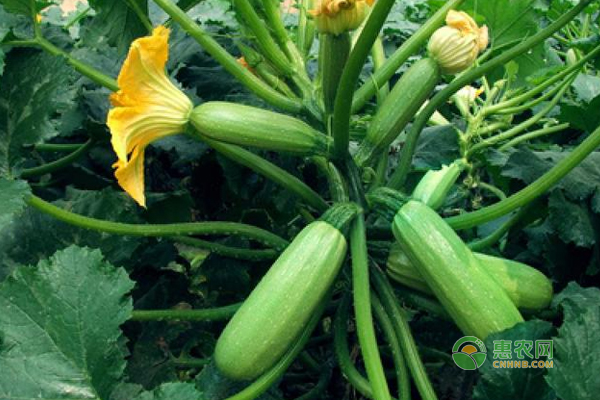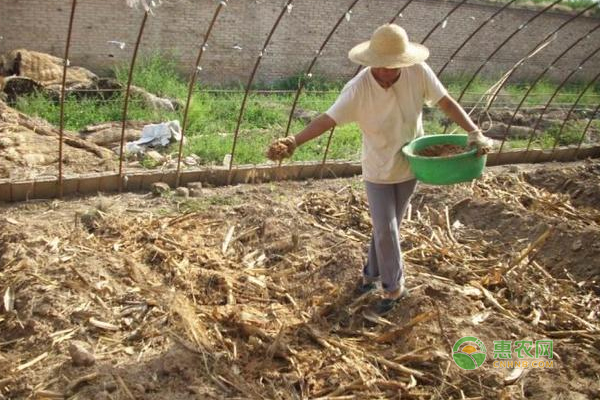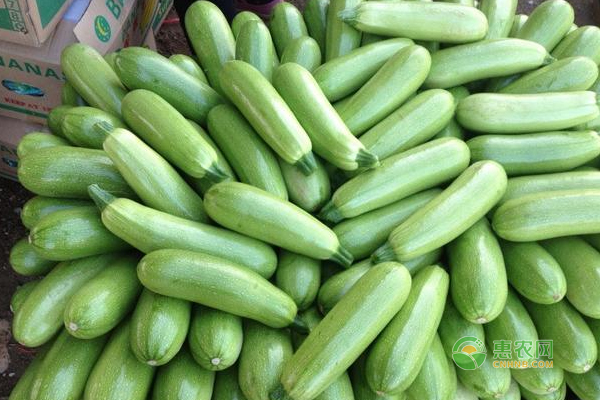High-yield skills of zucchini: the wonderful use of straw bioreactor for zucchini planting!
According to Xiaonong.com, we know that zucchini is one of the vegetables that farmers often grow. So, do you know the benefits of straw bioreactor technology for planting zucchini? In fact, the straw bioreactor technology can increase the yield of zucchini by more than half. The following is the specific practice of the built-in reactor for the cultivation of zucchini, and quickly follow the study of Hui Nong. Straw bioreactor technology is applied to zucchini, the average yield is increased by more than 50%, the fertilizer efficiency is increased by more than 60%, the ground temperature is increased by 4 °C to 6 °C, and the temperature in the shed is increased by 1 °C to 2 °C. Do you believe it? It can also increase the concentration of carbon dioxide by 3 to 5 times and increase the photosynthesis by more than half. The use of chemical fertilizers is reduced by 60%, the use of pesticides is reduced by 80%, and the cost of investment is reduced by half. can you do it? And the growth of the main stem of the zucchini is thick, the internodes are shortened, the leaves are thickened and thickened, the leaves are dark green, the disease is reduced, the melons and the deformed melons are reduced, the melons are more, and the melons are straight. The specific practice of the zucchini cultivation built-in reactor is as follows. 1) Operating time The bioreactor should be completed 15 to 20 days before sowing or planting. 2) Straw and other materials 34,000 kilograms of straw per acre, using corn stover, wheat straw, cottonwood, peanut shells, straw, weeds, leaves, etc. The feces of cattle, horses, sheep, rabbits and other herbivores are 4-5 cubic meters, and the cake fertilizer is 100 to 150 kilograms. It is strictly forbidden to apply non-herbivore feces such as chicken manure, pig manure and human waste. 3) The amount of bacteria used 3 to 4 kg of biological bacteria per acre.  4) Treatment before use of strains On the day of use, add 1 kg of biological bacteria and mix 20 kg of wheat bran and 18 liters of water. The three are evenly mixed together and spread for 10 hours and then used for 24 hours. If it is not used on the day, it can be spread in the dark, with a thickness of 10 cm, and continue to be used the next day. After the land preparation, according to the layout of 110 cm in large rows and 80 cm in small rows, a trench of 80 cm in length and width should be excavated in the position of Xiaoxing. The depth of the ditch is 15-20 cm, and the soil is placed on both sides of the ditch. , fill the straw. At the two ends of the ditch, the whole straw is exposed to the ground 5-8 cm for ventilation in the ditch, the whole straw can be filled with whole straw, the upper part is filled with soft straw, and the straw is filled with a thickness of 30 cm. After the straw is laid, it will be mixed. The good bacteria are evenly applied to the straw according to the amount of each ditch, and then smashed with the iron shovel. Hydroponics is a subset of hydroculture, the method of growing plants without soil, using mineral nutrient solutions in a water solvent. Terrestrial plants may be grown with only their roots exposed to the mineral solution, or the roots may be supported by an inert medium, such as perlite or gravel. The nutrients in hydroponics can come from an array of different sources; these can include but are not limited to waste from fish waste, duck manure, or normal nutrients. Greenhouse Hydroponic System,Greenhouse A Hydroponics,Greenhouse Flat Hydroponics,Greenhouse Vertical Hydroponics JIANGSU SKYPLAN GREENHOUSE TECHNOLOGY CO.,LTD , https://www.alibabagreenhouse.com

